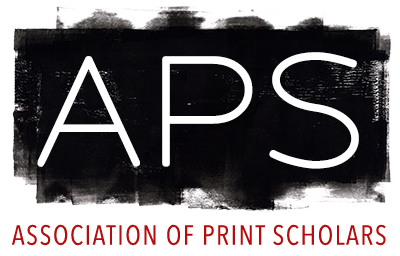Alphonse Mucha: Art Nouveau/Nouvelle Femme
But his style and status all started when he met the legendary Sarah Bernhardt, the most famous actress of her day. Mucha’s first poster for her not only launched his graphic design career, but elevated her fame, as the public buzz for the image was completely unprecedented.
From that moment on, Mucha used alluring, strong women to advertise everything from cookies to bicycles, alcohol to rolling papers. These women were part of a budding 20th-Century world wherein they had newfound independence and social agency. Through them, Mucha changed the world of advertising and brought Art Nouveau to the streets.

Leave a Reply
You must be logged in to post a comment.